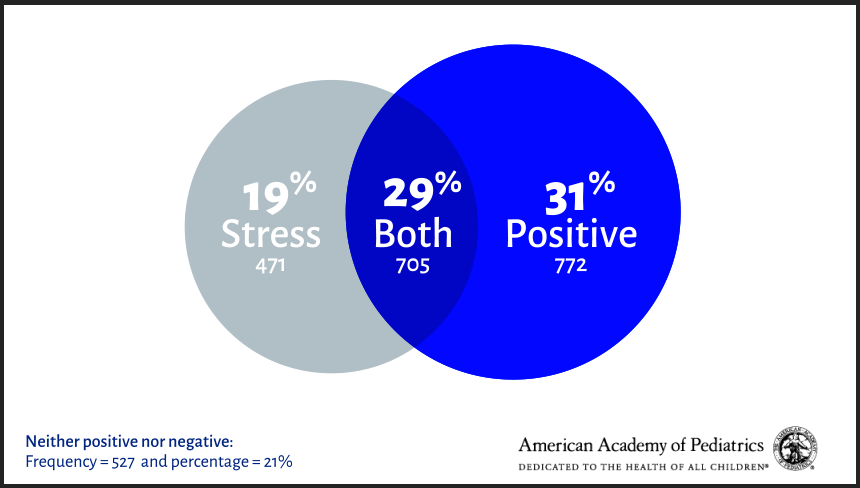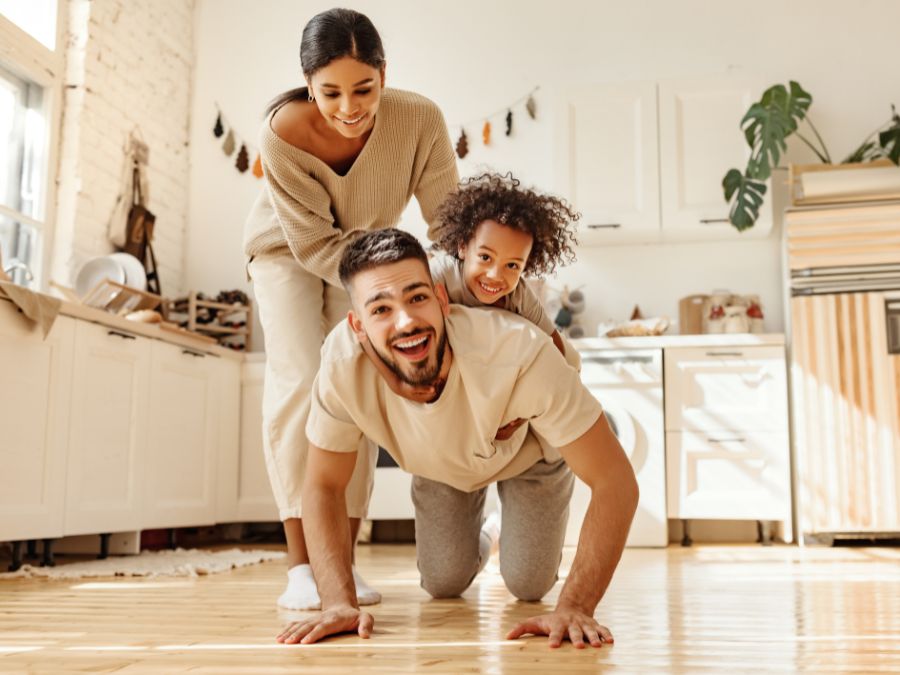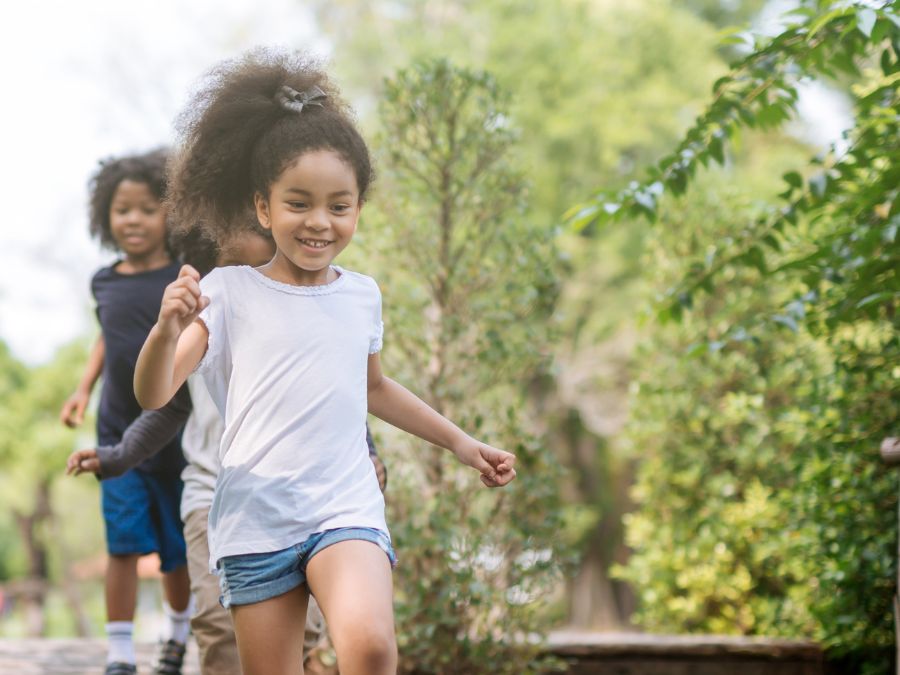
By Loren McCullough and Dr. Robert Sege
How do US parents and families cope with pandemic-related disturbances to their households? All across the country, family work and children’s regular way of life is topsy-turvy. The HOPE team, in collaboration with the American Academy of Pediatrics, Prevent Child Abuse America, and with assistance and financial support from the CDC (Centers for Disease Control and Prevention), sent a questionnaire to a representative sample of American parents in November of 2020. Using their national parent panel, YouGov.com asked U.S. parents about changes they had experienced to educational, social, and financial life, and how these had affected their families. Three thousand U.S. parents and caregivers answered the first round of this questionnaire, with the second and third rounds to be issued periodically. Questionnaire results will be used to help providers better help parents and families, and to advocate for systems that support family needs.
Yesterday, the American Academy of Pediatrics released the first in a series of reports on Family Snapshots: Life During the Pandemic. The brief report summarizes parent responses to questions about their experiences handling virtual learning for their children. The results reveal that, even when stressed, most families are growing closer as they deal with these tough circumstances.
Unsurprisingly, children have experienced major disruptions in the past year. Since March of 2020, 80% of parents surveyed reported that their children had experienced disruptions, including 64% experiencing school closures for children 5-years or older. Only 29% of families reported that their youngest child was attending school in-person full-time as of November 2020.
The transition to online or hybrid learning led many parents to become more involved than ever in helping with their children’s education. Most families (60%) who said that helping their children with schoolwork had been a positive experience, or had brought their family closer. On the other hand, it also caused a significant amount of family stress – nearly half (47%) of families agreed or strongly agreed that helping their child with remote school had caused household tension, or been a stressful experience. Many families had mixed experiences: Most stressed families also felt that their experiences had also been positive, and many of those who reported positive experiences (29%) also reported stress!

This resounds strongly with our experiences at the HOPE National Resource Center. We have heard from parents and providers about the difficulties and benefits associated with life after the pandemic began. In the realm of education, the shift to a new learning system has provided a look into the complex ways in which stress and positive experiences interact in families. Across the board, caregivers are acknowledging the challenges that are associated with helping their children, especially school-aged children, have access to stable learning environments in the wake of a global crisis – and still we have also heard stories of closeness, family bonding, and community engagement that show how families are adapting. Much like the parents in this questionnaire, our participants have consistently shown strength through adversity.
In our effort to highlight family strengths, it is critical to highlight how positive and stressful experiences can be linked. Research has shown that post-traumatic brain growth can lead to increased feelings of closeness after a traumatic event or experience. Parents’ feelings of bonding with their children may encourage a mitigating effect against toxic stress that is increased by feelings of social connectedness – in other words, the closeness felt in times of stress promotes resilient brain growth! As we monitor elevating stressors, it is equally important to notice and bolster positive growth in the family relationship. From these results, it is clear that parents made efforts to extend safe learning environments, part of Building Block #2, to their homes as children transitioned into online schooling, even though this may have caused stress. Through this, however, it also appears that the first Building Block, relationships, was built upon between parent and child as both interacted with this unique experience. From what we know of post-traumatic brain growth, these positive experiences could make a difference in health outcomes for children growing up during the pandemic.
As further information is released following the future rounds of this questionnaire, we encourage you to follow releases on the American Academy of Pediatrics’ website {link here}.


